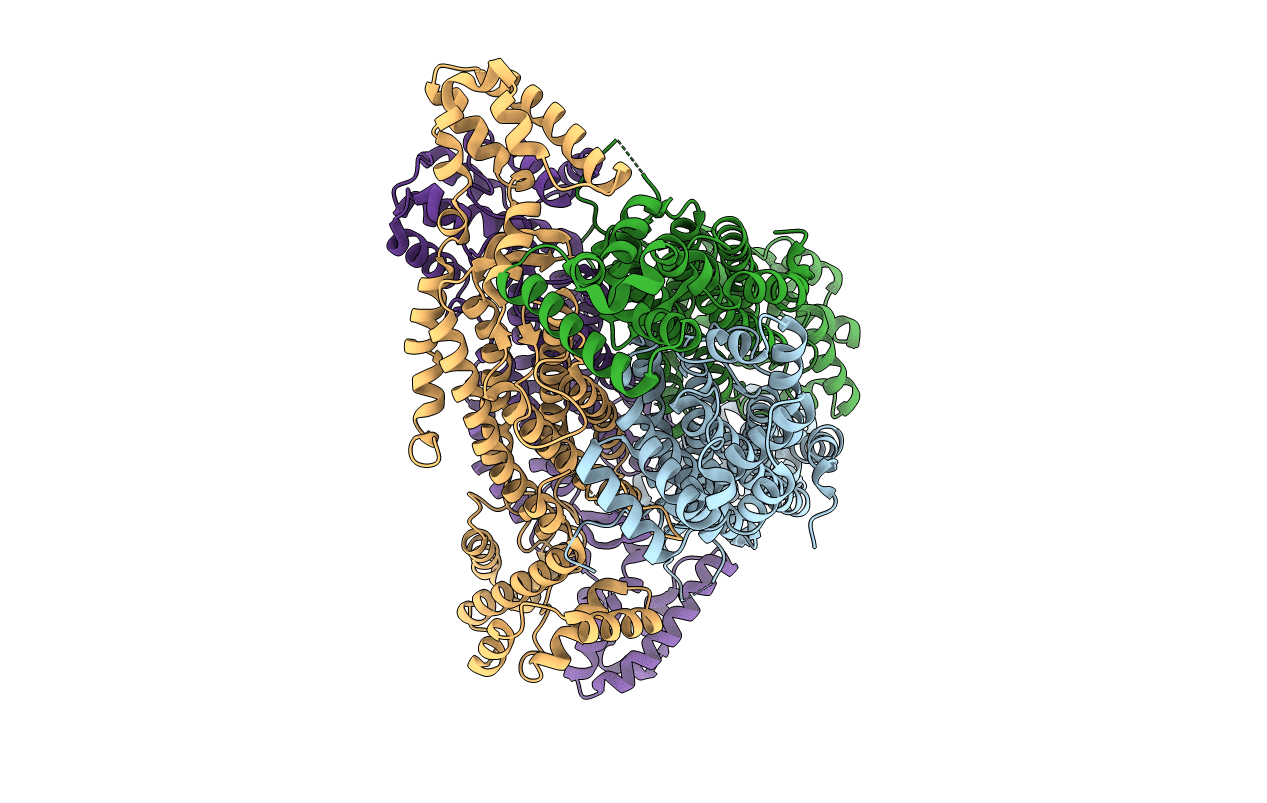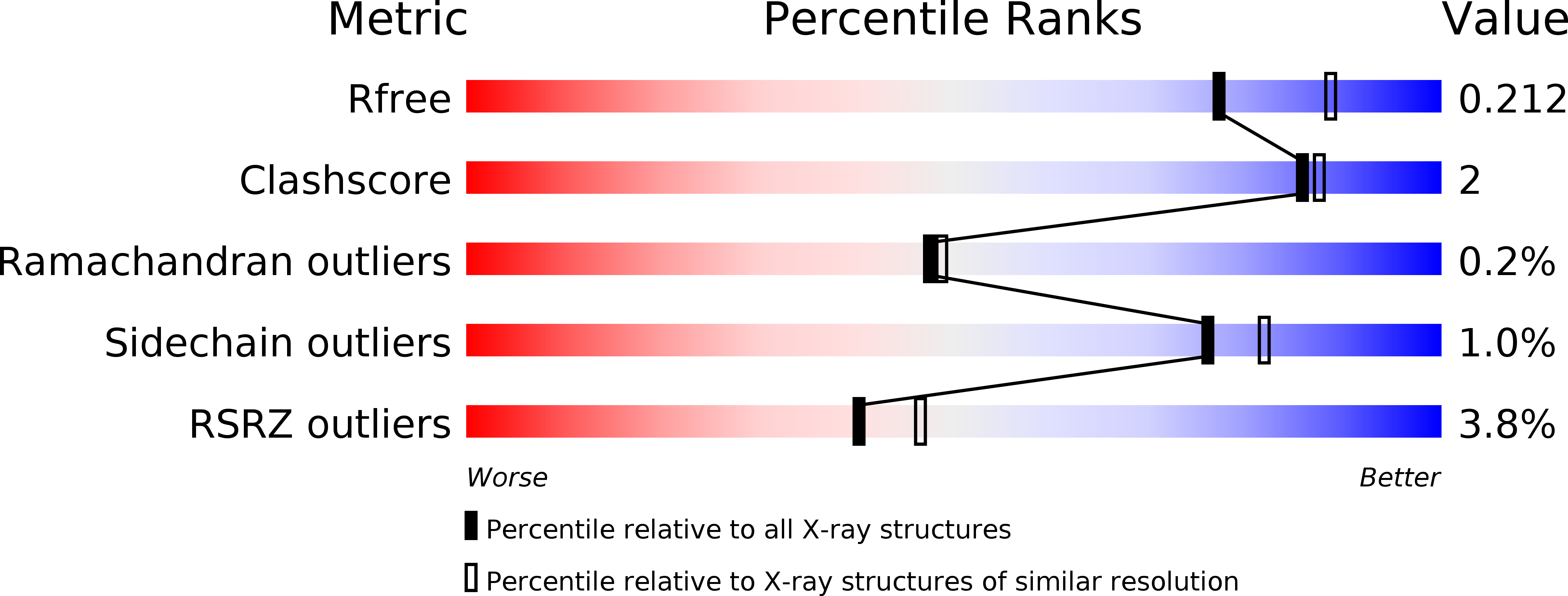
Deposition Date
2017-03-09
Release Date
2017-06-07
Last Version Date
2023-10-04
Entry Detail
Biological Source:
Source Organism:
Cryptococcus neoformans (Taxon ID: 5207)
Host Organism:
Method Details:
Experimental Method:
Resolution:
2.10 Å
R-Value Free:
0.21
R-Value Work:
0.15
R-Value Observed:
0.15
Space Group:
P 1 21 1


